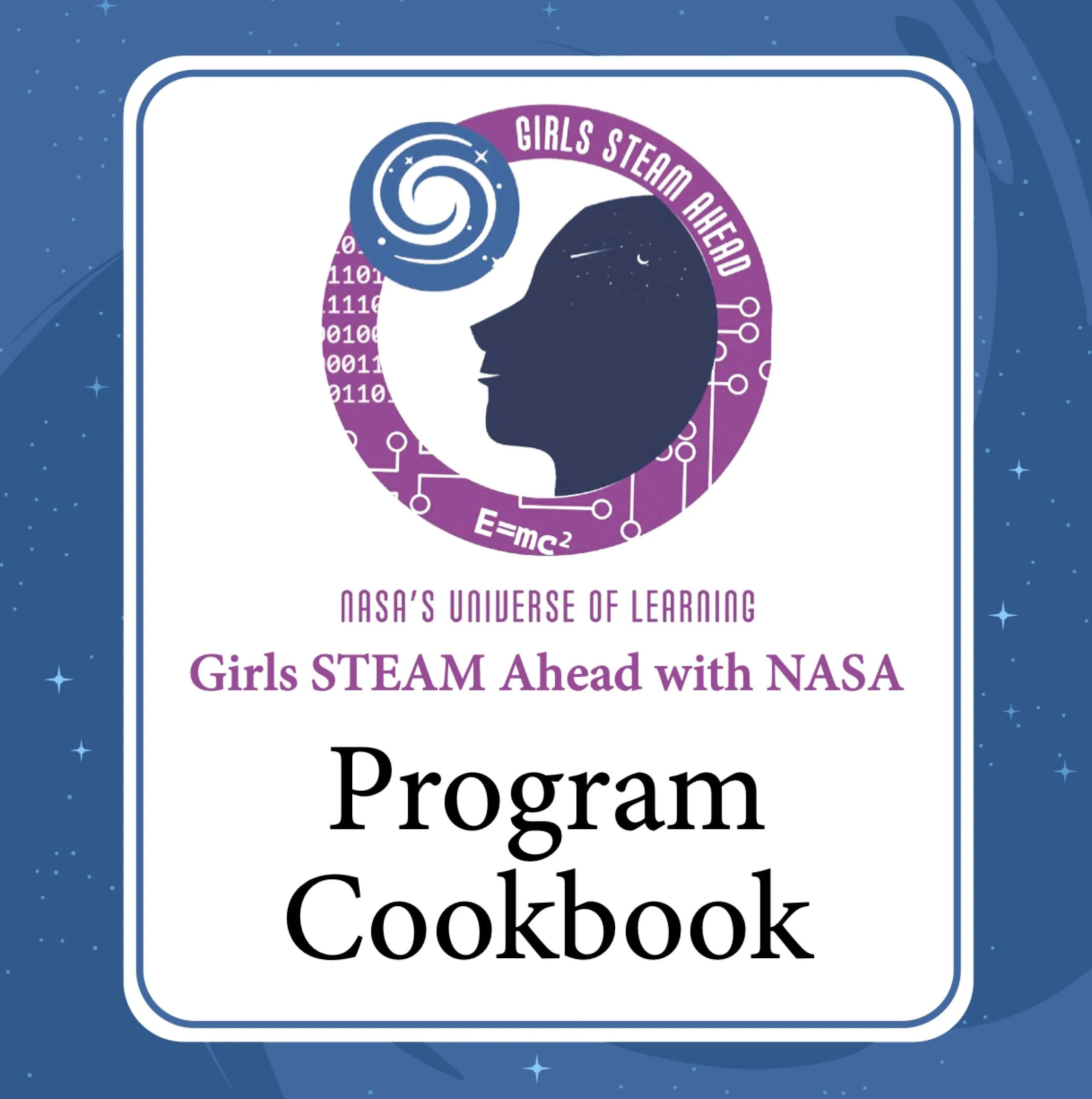NASA Science Events and Activities
Let NASA bring the universe to you!
We’re inviting every student, educator, and lifelong learner to share in the excitement of scientific discovery and space exploration through unique opportunities from NASA’s Science Activation Program – a community-based approach to connect NASA science with learners of all ages. Check out these events and activities for educators, families, and students in kindergarten and up.
Multiple Opportunities through June: Physics in an Astronomy Context – Virtual Workshops for Physics Educators
Intended Audience: Middle and High School Educators and Professors Teaching 1st-year College Students
NASA’s Heliophysics Education Activation Team (HEAT) and the American Association of Physics Teachers (AAPT) have put together a free, monthly, virtual workshop series for high school and undergraduate-level introductory physics teachers. Each workshop session will provide an astrophysics mini-lecture, a small group engagement with the core activity, and discussion time to connect with like-minded educators. These workshops began in February and will continue through June, 2024. Here are the remaining sessions:
- May 25 – Habitable Zone Science: From the astronomy of blackbody and greenhouse effect, learn about the physics of radiation.
- June 22 – Sunspot Science: From the astronomy of solar cycles, learn about the physics of period and frequency.
Time: 1 – 2:30 p.m. ET
NASA HEAT provides educational guidance and resources for educators, communicators, and learners of all ages to deepen their understanding of our Sun and its effects on Earth and the Solar System. Learn more about NASA HEAT and the AAPT NASA HEAT Project.
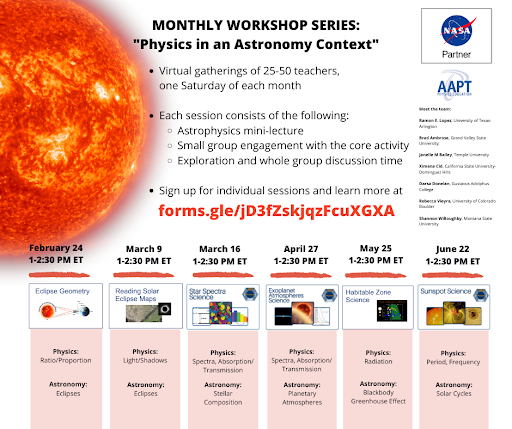
Tuesday, May 28th, 2024: Eclipse Soundscapes – Computer Analysis Info Webinar
Intended Audience: People of all ages interested in participating in this NASA Citizen Science project. NASA’s citizen science projects are collaborations between scientists and interested members of the public; they are open to everyone around the world, not limited to U.S. citizens or residents.
The Eclipse Soundscapes Citizen Science Project invited participatory scientists to collect audio data during the April 2024 total solar eclipse. Now, the team is getting ready to start analyzing that data! The audio contributions from all over North America will help NASA answer science questions about how eclipses impact wildlife sounds on Earth.
On Tuesday, May 28 at 4 p.m. ET, Eclipse Soundscapes will hold a Computer Analysis Information Webinar. The team will explain the concept of a “soundscape” and discuss how they will use computer analysis to detect any significant changes in a location’s soundscape due to the 2024 total solar eclipse. The webinar will be recorded for those who cannot attend live.
Time: 4 p.m. ET
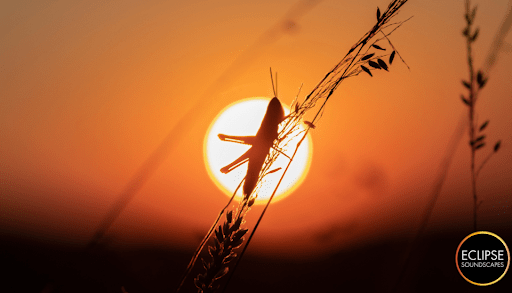
Tuesday, May 28th, 2024: Night Sky Network Webinar – A Brief History of Everything
Intended Audience: Learners Ages 12+
Join the NASA Night Sky Network on Tuesday, May 28th, at 9:00 p.m. EST for a webinar with Dr. Patrick C. Breysse, who will share how the Universe transformed from hot hydrogen gas to what it is today, “A Brief History of Everything”.
About Patrick Breysse:
Dr. Patrick Breysse is currently a James Arthur Postdoctoral Fellow at New York University, joining the faculty at Southern Methodist University as an Assistant Professor of Physics this fall. He received his Ph.D. from the Department of Physics and Astronomy at Johns Hopkins University. Patrick’s research focuses on a new way of mapping the distant universe which can watch the earliest stars form, study how the universe evolves, and look for new physics beyond standard models. He also plays the euphonium (kind of a small tuba), and enjoys hiking and science fiction novels.
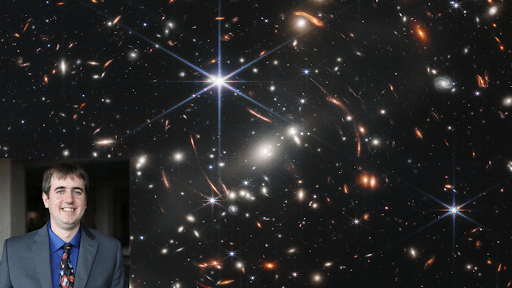
Monday, June 10th & July 1st, 2024: Growing Beyond Earth Information Session for Teachers
Intended Audience: Classroom Teachers (Grades 6-12)
Interested in helping NASA feed astronauts on the International Space Station? Get involved with Growing Beyond Earth®! Growing Beyond Earth is a 6th-12th grade classroom-based citizen science project developed by Fairchild Tropical Botanic Garden in partnership with scientists at NASA, designed to advance NASA research on growing plants in space. It includes a series of plant experiments conducted by students in a Fairchild-designed plant habitat similar to the Vegetable Production System (Veggie) on the International Space Station.
Tens of thousands of middle and high school students and their teachers nationwide have contributed hundreds of thousands of data points and tested 180 varieties of edible plants for NASA, with four having been flown on the International Space Station based on the student's results.
If you are a middle or high school teacher interested in bringing Growing Beyond Earth Citizen Science into your classroom, please join the upcoming information sessions, during which the Growing Beyond Earth team will explain the program and its implementation in the classroom (followed by a Q&A session).
Two Dates Available:
- June 10, 7-8 p.m. EST: Join the Webinar
- July 1, 11 a.m. - 12 p.m. EST: Join the Webinar
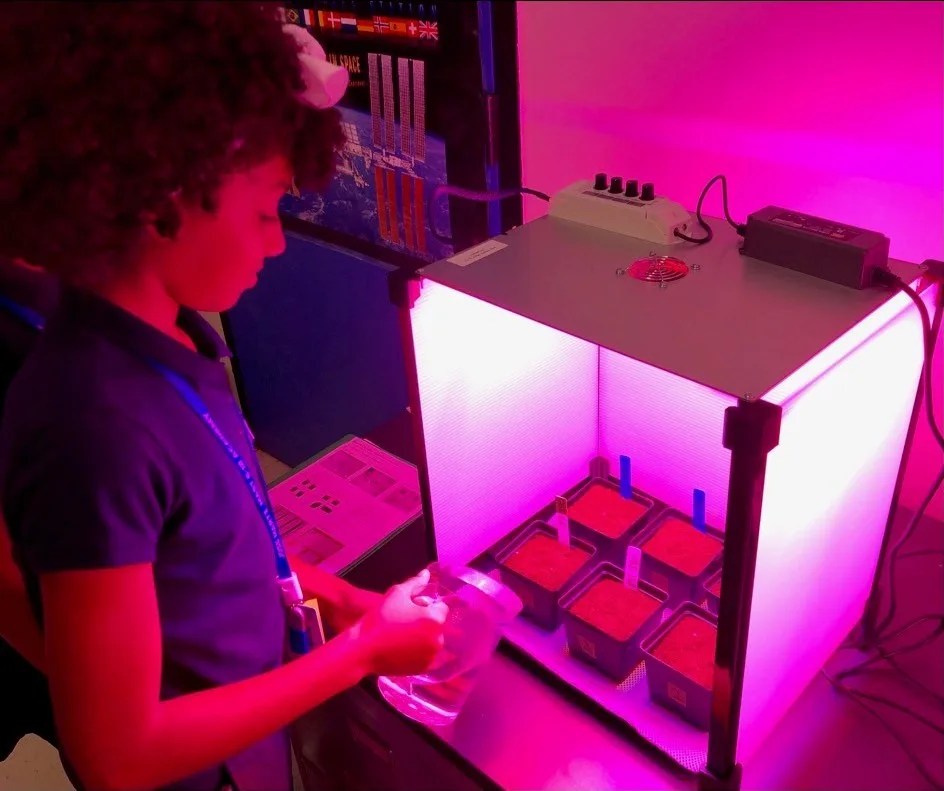
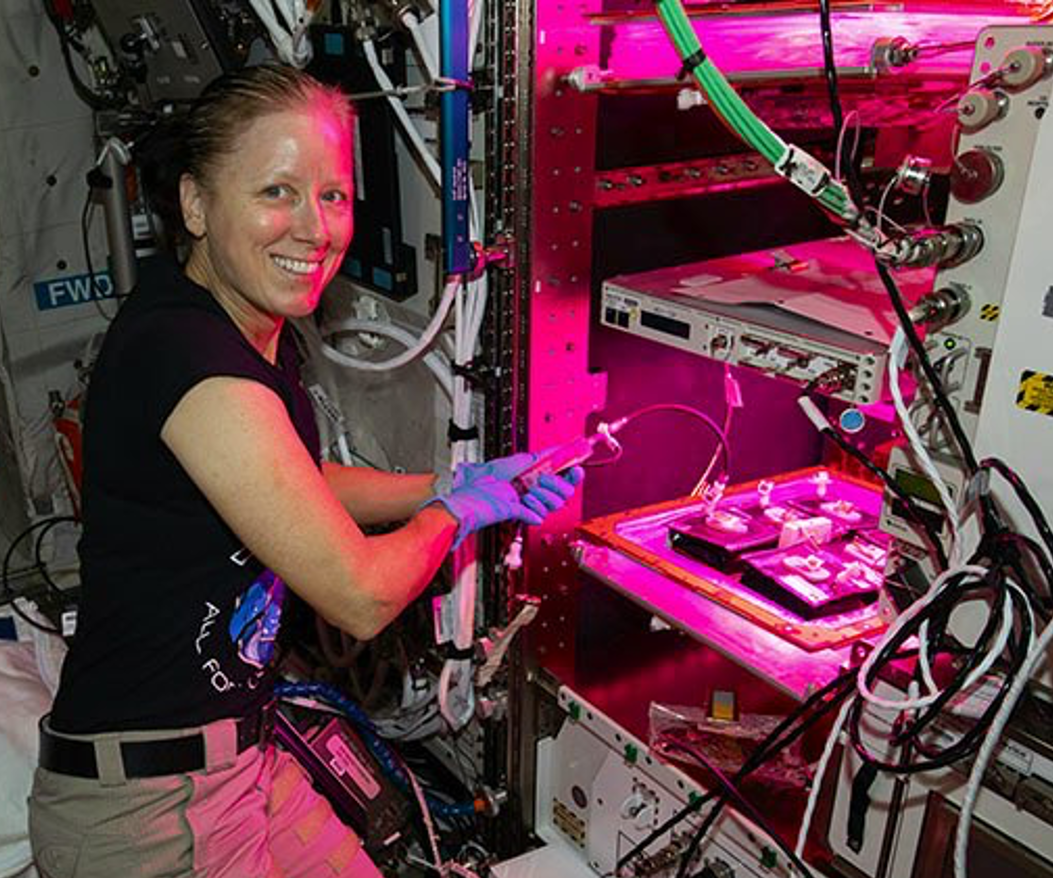
On-Demand Events & Activities
Role Model Strategies Guide: Encouraging Youth to Consider STEM Careers
Intended Audience: Subject Matter Experts, STEM Professionals
This Role Model Strategies guide aims to change how youth think about science, technology, engineering, and math (STEM). Why are role models important? Sharing your lived experiences (your background, hobbies, and career goals) with youth can motivate them to pursue a career in STEM. Research shows that these strategies work towards breaking stereotypes. Seeing the variety of backgrounds, experience, and perspectives of STEM professionals can help inspire and motivate youth who might not otherwise "see" themselves in STEM. This booklet offers basic training for role models, introducing you to best practices for your volunteer efforts.
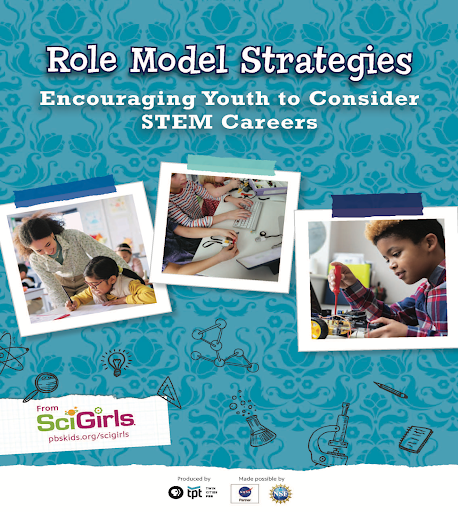
Girls STEAM Ahead with NASA Program Cookbook
Intended Audience: Educators
Girls STEAM Ahead with NASA is a project within NASA’s Universe of Learning that empowers libraries and community-based organizations to engage girls and their families in exploring the wonders of NASA science and celebrate the contributions of women to science, technology, engineering, arts, and mathematics (STEAM).
The Girls STEAM Ahead with NASA Program Cookbook has been designed to guide educators in creating their events. It includes “recipes” about different astrophysics-related topics with sample scenarios, accessibility tips, information on how to request a subject matter expert for the events, and much more!
